There’s more to light than what meets the eye – literally. Visible light is a very small subsection of the entire electromagnetic spectrum, but it’s all we can see with our own eyes. The other bands of light exist on either side of visible light on the spectrum. Gamma rays, x-rays, ultraviolet on one end, then infrared, microwaves and radio waves on the other; all invisible to us, but able to be studied and detected through years of discovery and research. And radio is the name of the game today because August 20th is National Radio Day! We’re gonna do a deep dive on all things radio and show you how you can master this invisible method of communication at SparkFun!
We measure light interchangeably in terms of energy, wavelength, and frequency. The higher energy a lightwave has, the lower its frequency and the smaller its wavelength. One on end of the spectrum are gamma rays with a very small wavelength and high energy, and on the other end lies radio, lower energy and much longer wavelengths.
Electromagnetic spectrum (source: radio2space.com)
Like all electromagnetic waves, radio waves travel at the speed of light. They’re generated by charged particles undergoing acceleration and can be artificially generated by time varying electric currents. Radio waves are naturally generated by lightning and astronomical objects such as stars, galaxies and nebulas. They are also part of the blackbody radiation emitted by all objects that contain heat.
Radio waves were first predicted to exist by British mathematical physicist James Clerk Maxwell in 1867 in his theory of electromagnetism. His equations are now famous, and predicted that electric and magnetic fields could propagate through space as waves. In 1887, German physicist Heinrich Hertz generated radio waves in an experiment, effectively demonstrating they exhibited the same properties as light. His contribution was so important that radio waves were referred to as “Hertzian waves” until around 1912, and his last name is the unit physicists and scientists use for frequency.
Radio waves are produced artificially by transmitters, which use time-varying electric currents to radiate energy as radio waves which are then received by a receiving antenna, which then creates tiny oscillating currents detected by the receiver. Radio waves are used more for communication than any other electromagnetic waves because of their long wavelength. They’re capable of passing through the atmosphere and most physical building materials, and are scattered by objects in their way rather than absorbed.
How to best propagate radio waves is an entire area of study and is incredibly important to radio communications. There’s line of sight, ground waves, and skywaves, as well as a few more interesting methods like meteor burst communication or earth-moon-earth communication. They’re so good at propagating, that every radio broadcast ever emitted from earth is currently flying through space at the speed of light. An alien civilization on another planet (if they had a way of detecting radio waves), could be tuning into their favorite Earth broadcasts every week!
Radio propagation methods (source: egmdss.com)
Radio has a lot of real-world applications in communications and science, and my personal favorite is radio astronomy. Astronomical objects give off radiation in the form of radio waves, and we are able to detect them with radio telescopes. This works well because visible light is easily affected by atmospheric interference, and the best observing in the visible band is on top of very tall mountains or in space. Certain hot objects become more luminous at radio wavelengths than visible light, such as hot gases orbiting black holes, which makes them a great candidate for observation. The most famous find of radio astronomy in the past few years was probably the image of Sagittarius A*, the blsack hole at the center of the Milky Way galaxy. This region had been studied for years, and scientists knew whatever was there was more than 4 million times the mass of the sun but took up a relatively small area, meaning it was probably a black hole. The Event Horizon Telescope is a large array of radio telescopes across the planet teamed up to create a single Earth-sized radio telescope, and in May of 2022 they released an image of Sagittarius A* compiled from all of their radio observations in 2017.
Sagittarius A* (source: eventhorizontelescope.com)
Besides looking out into the universe, radio helps us know where we are and communicate with each other here on earth as well. LoRa is a radio communication technique designed to use long range radio to connect battery operated devices to the internet wirelessly. It works well for Internet of Things applications because it satisfies a lot of requirements for IoT devices; end-to-end security, bi-directional communication, and mobility and localization services. It uses spread spectrum modulation, which is when a signal’s frequency is spread, resulting in a signal with a wider bandwidth. This technique is used to establish more secure communication, raise resistance to interference, jamming and noise, as well as to prevent detection and limit power flux density.
Here at SparkFun, we have a lot of LoRa enabled IoT products, as well as other products that allow you to interact with radio communications. In observation of today’s very exciting holiday, we have two radio tuning boards going on sale between now and Tuesday, so make sure to celebrate National Radio Day by checking those out and starting to brainstorm!
It would have been easy for humans to stop at the visible wavelengths of light and call it a day, not bothering to look further into what we didn’t know and could not see. However, humans are built to ask why and to investigate; that’s the very nature of science and discovery. Not only did creative and brilliant people work together to discover concepts like radio, they innovated ways to harness it for communication and further discovery, and built upon years of research to take us where we are now – celebrating them. Here at SparkFun, we celebrate everyone who asks why and seeks to discover something new, or even experiment with things we already know.


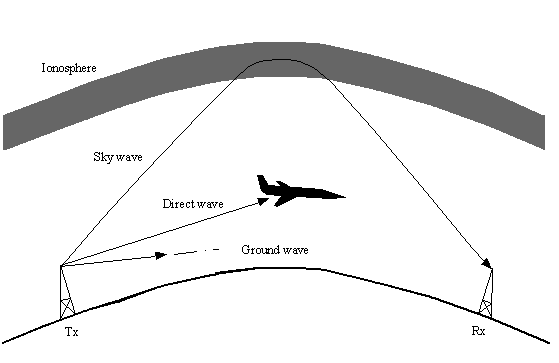
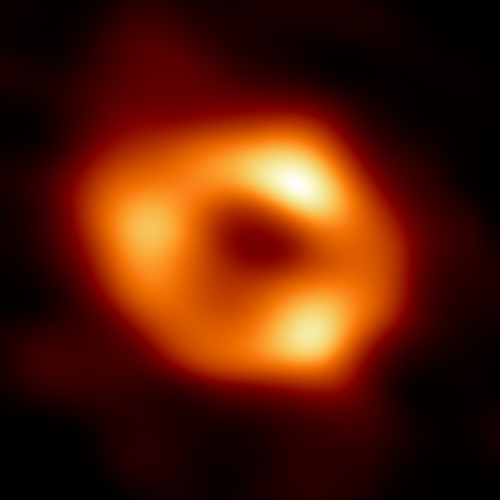
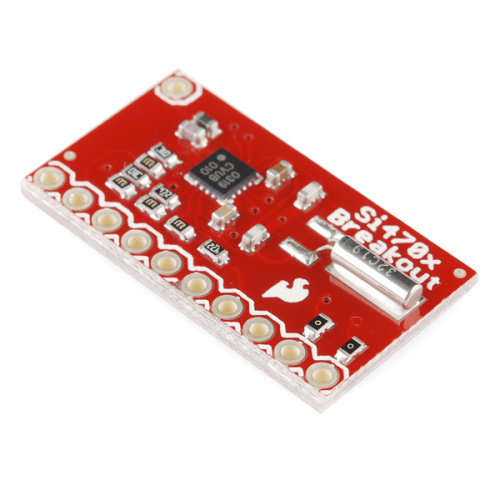


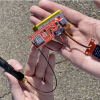
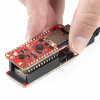






For National Radio Day, how about this tribute to NASA's Voyager 2 spacecraft for having the longest distance to communicate. Currently, Voyager 2 continues its mission, more than 12 billion miles from Earth, so distant that a signal from the spacecraft takes 18 hours to reach Earth, and just as long for a return signal to reach the craft. Engineers expect that Voyager 2 will continue to return data until about 2025. https://www.jpl.nasa.gov/news/45-years-ago-voyager-2-begins-its-epic-journey-to-the-outer-planets-and-beyond